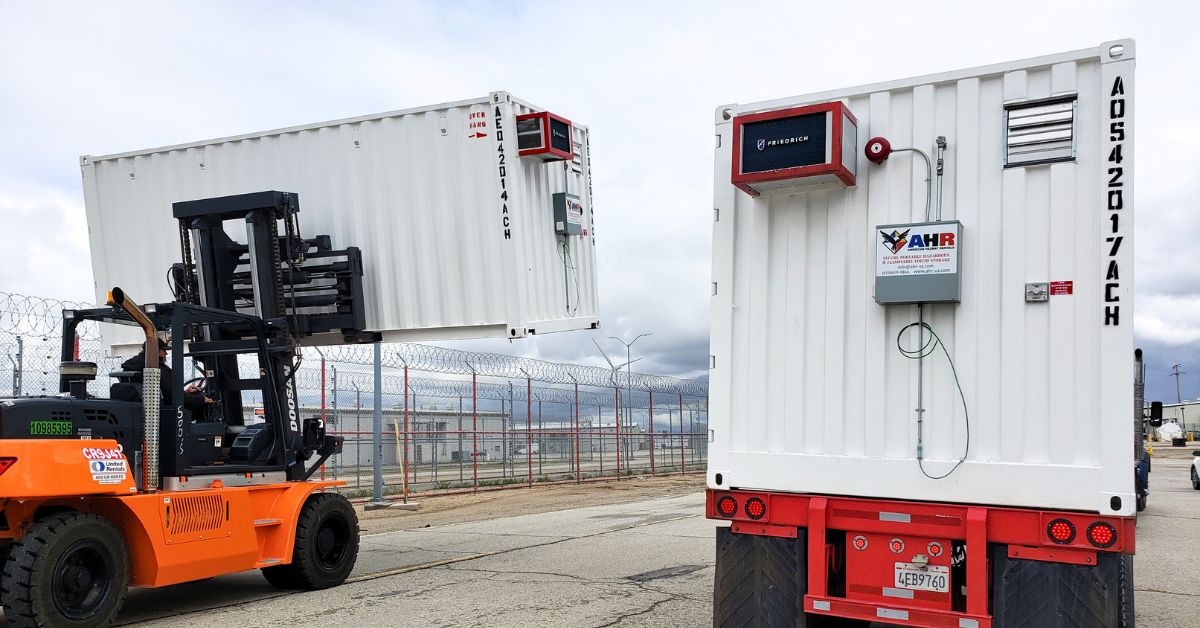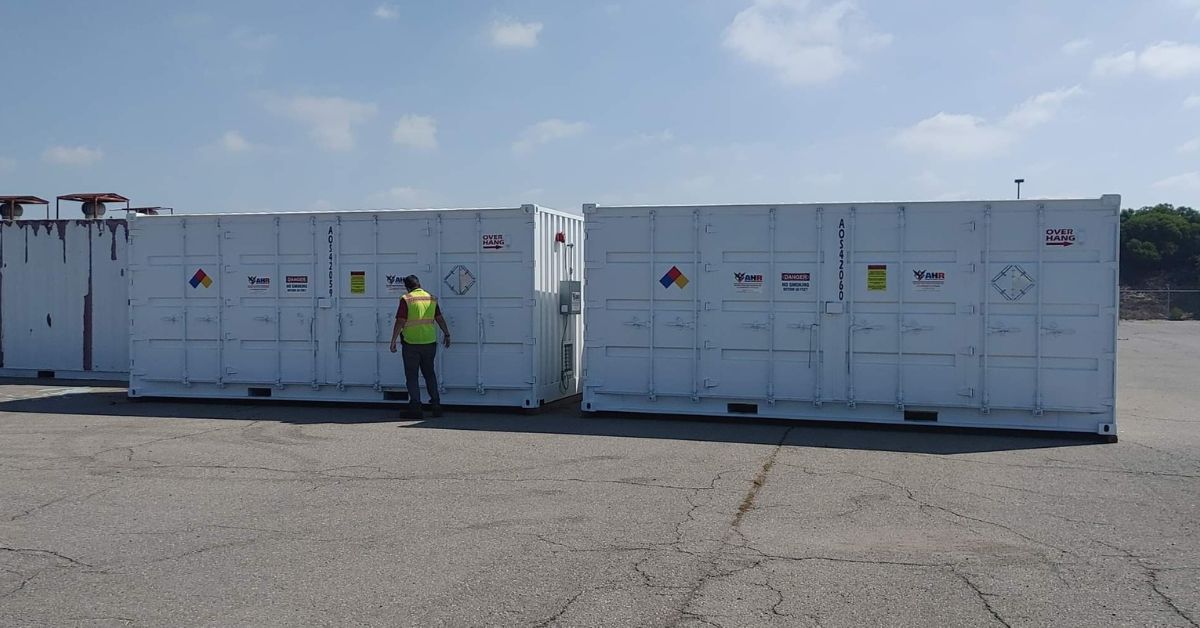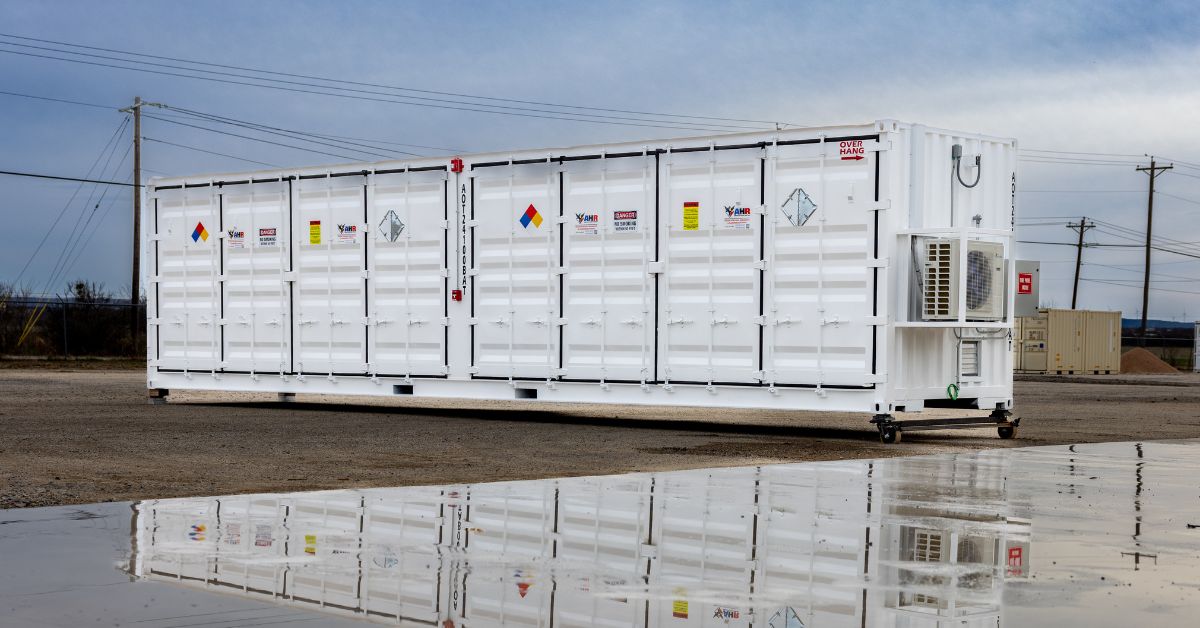
When it comes to hazardous materials, safety is a principle that will never change. However, government agencies and industry regulatory bodies occasionally alter safety guidelines, strategies, and standards for greater safety.
Therefore, it’s important to stay on top of changes to guarantee your facility remains in compliance with safety rules. The following guide isn’t a comprehensive collection of all the new updates and changes in hazmat storage guidelines, but it will serve as an easy-to-read reference that points you in the right direction toward the right information for your organization.
Why Do Hazmat Storage Guidelines Change?
It may seem strange that hazardous waste guidelines receive frequent storage updates. However, scientists and environmentalists make new discoveries and develop new methods to store and dispose of hazardous materials regularly.
What doesn’t change is the dangers hazardous materials pose to people and the environment. Improper storage may lead to accidents, injuries, environmental damage, and even death. From a financial standpoint, ignoring hazmat storage guidelines can lead to litigation, extensive property damage, high insurance rates, and fines or imprisonment due to leaks, fires, or explosions.
Updating your company’s storage practices guidelines to meet industry and federal standards can protect you, your employees, the community, and the company from any form of injury—from damage to your brand to physical harm. Following the correct procedures will secure your reputation, reassure stockholders, and create a workplace atmosphere of trust and teamwork.
Key Updates in Hazmat Storage Guidelines
Enhancing safety management is each update’s focus. This includes new and improved ways to label materials, incorporate advanced technology, efficiently store materials, and more.
Hazardous material classification continues to grow in terms of finding more precise ways to delineate and describe hazmat. Detailed categories allow safety managers and warehouse personnel to identify detailed handling requirements specific to each type of material.
Regulatory bodies also implement new mandates to establish greater standards for the durability of storage containers. Improving the containers’ composition means that the hazardous materials are securely stored and safe from common environmental factors, such as temperature extremes and humidity.
Select the Right Hazardous Storage Containers
Even with stricter regulations and guidelines regarding storage containers’ composition, durability, and resistance, new guidelines emphasize using good judgment in picking the hazardous storage containers that suit the job. Federally-compliant hazardous storage containers must feature high-quality materials that provide long-lasting performance. They must also include a comprehensive and durable configuration to accommodate the facilities’ storage needs.
Implement Best Practices for Safe Storage
Periodically check if your facility’s hazmat storage processes and emergency response plan are in line with current guidelines. Be sure all containers have the correct labels. The containers should include offer information about the contents inside as well as treatments and responses to emergencies like a leak.
Create a culture of safety and vigilance. Train employees on proper handling and storage techniques. Regularly update strategies and conduct educational sessions and quizzes to test their knowledge.
Leverage Technology for Improved Hazardous Storage Management
Hazmat management technology continuously improves. New guidelines advise exploring modern innovations such as smart devices and monitoring systems to provide ongoing reports and data on storage conditions. You can review the data in real time or sturdy it later. No matter the time, the information provides detailed data analytics that can further help optimize safety protocols. Implementing a robust monitoring system also keeps a facility safe by identifying and warning about potential hazards before they cause trouble.
Improve Emergency Preparedness and Response Plans
When things go wrong, are your employees ready? Preparedness is key to mitigating the impact of hazardous material incidents. Consistently enhance your facility’s emergency preparedness, to protect your employees and facility from hazards.
Updated guidelines emphasize continuously upgrading emergency response plans with improved communication protocols, evacuation procedures, coordination with local emergency services, and alternative actions when unexpected situations occur. Regular drills and incident simulations ensure employees are familiar with these procedures and know how to respond effectively in the event of an emergency. It’s always good practice to test how quickly they respond, if they know how to use safety equipment, and how quickly they can think on their feet.
Address Environmental Considerations
The earth provides the raw materials businesses need. Protect the environment by considering the land around your facility. Updated guidelines underscore the need to mitigate negative environmental effects generated by daily operations or accidental spills or leaks.
Perform a waste audit. This encompasses determining if your facility properly collects and disposes of waste products without hurting the environment. Accompany this process with a periodic environmental impact assessment on the area surrounding the facility to ensure you’re supporting a healthy ecosystem. Prioritizing sustainable practices will create a better brand image, protect your staff, and benefit the environment.
Build a Culture of Safety and Compliance
Creating a culture of safety and compliance within your organization is essential for effective hazmat management. Foster a workplace where safety is second nature for employees. They must understand why it’s essential to establish a better, stronger, and more profitable workplace.
It’s always a great guideline to reward employees for handling emergencies. Furthermore, you should encourage your staff to communicate smarter, safer, and more affordable ways of storing and keeping hazardous materials to maximize safety within the facility. A strong culture of safety, compliance, and open communication mitigates risks, saves lives, benefits the environment, and keeps a company running successfully for many years to come.
Those are just a few new updates and changes in hazmat storage guidelines. Stay on top of future changes by visiting the Environmental Protection Agency (EPA), Department of Transportation, Occupational Safety and Health Administration (OSHA), and similar websites. Subscribe to their online newsletters and other alert systems for future updates. There are also exceptional publications related to your industry available to inform you about new guidelines that might occur months or even years ahead of time.
Want to learn more about the right hazardous storage containers to employ to meet the above guidelines? Contact American Hazmat Rentals for more insights and a great variety of hazmat safety and handling products!